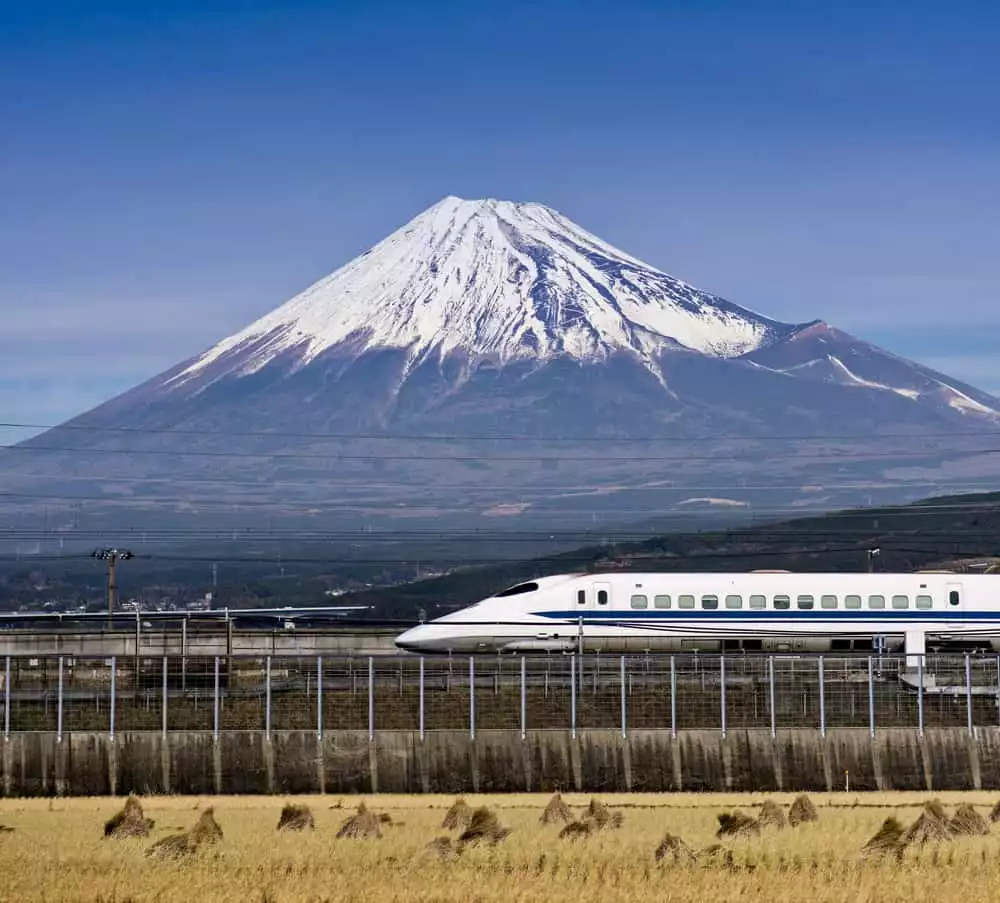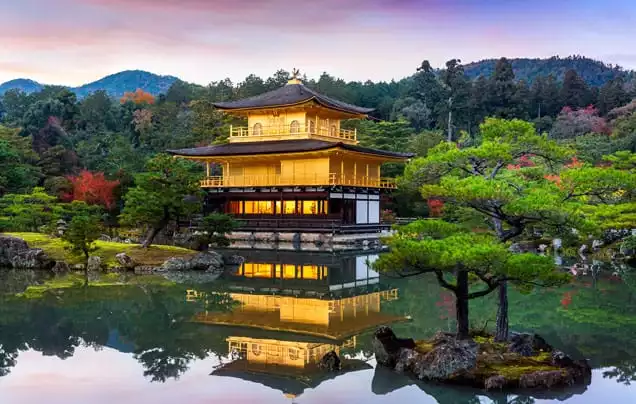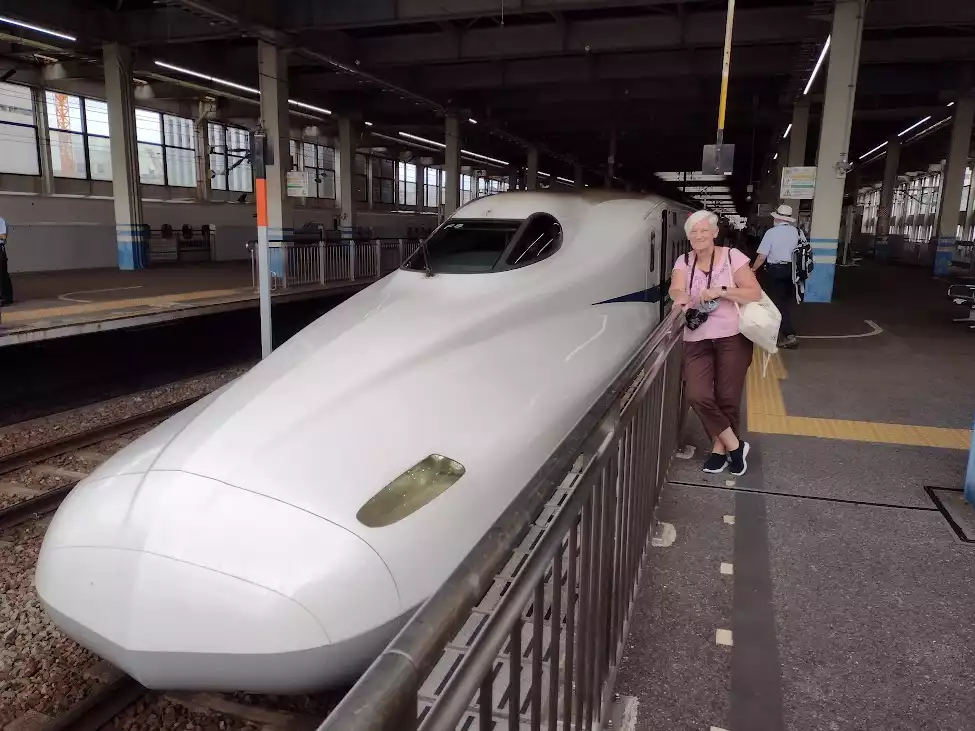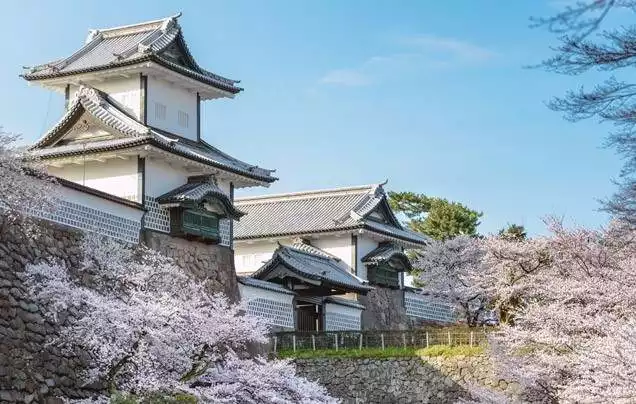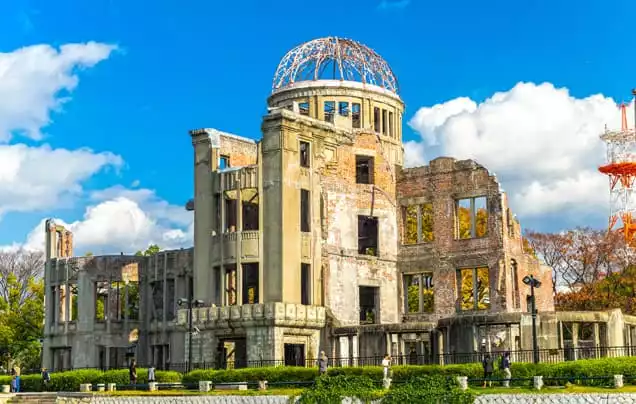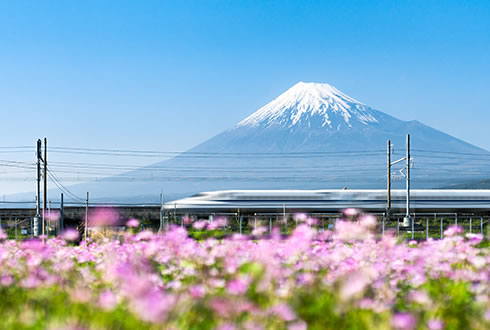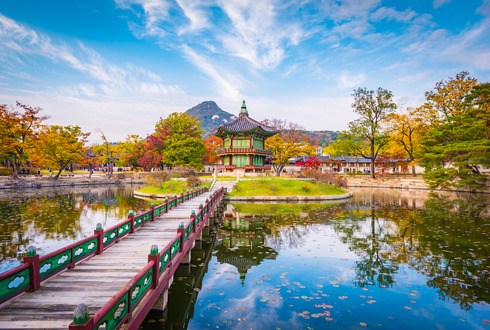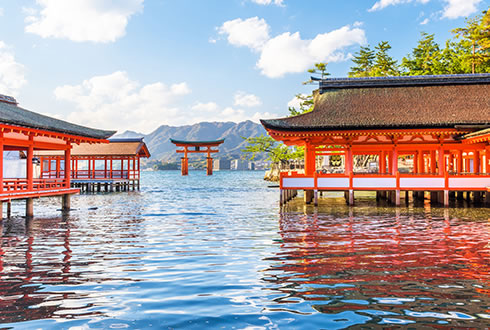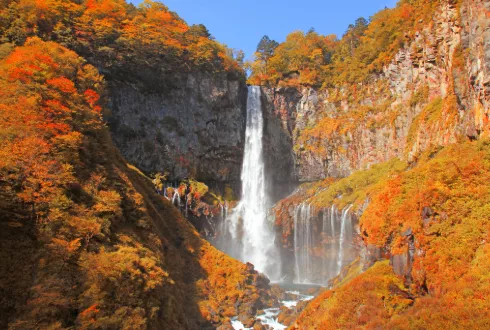Japan is a wonderfully multi-faceted destination. There’s spectacular nature, action-packed cities, sprawling history, oodles of culture and much more, but it’s in the country’s unique traditions that many of us find ourselves enchanted.
This is the nation where ancient art forms and rituals are still at the forefront of society with geishas entertaining as they have for centuries, sold-out sumo wrestling matches filled with ceremonial meaning and tea ceremonies part of modern life.
The amount of rail travel you'll be enjoying varies from tour to tour. You may be exploring a country travelling predominantly by train or perhaps just getting a flavour of how the locals get about with one or two select journeys. We've also included those tours that include a journey on iconic scenic trains. Take a look at the tour inclusions to see how many rail journeys you'll be enjoying in each instance.Fully Inclusive of Tour & Flights
Fully Inclusive of Tour & Flights
Fully Inclusive of Tour & Flights
Fully Inclusive of Tour & Flights
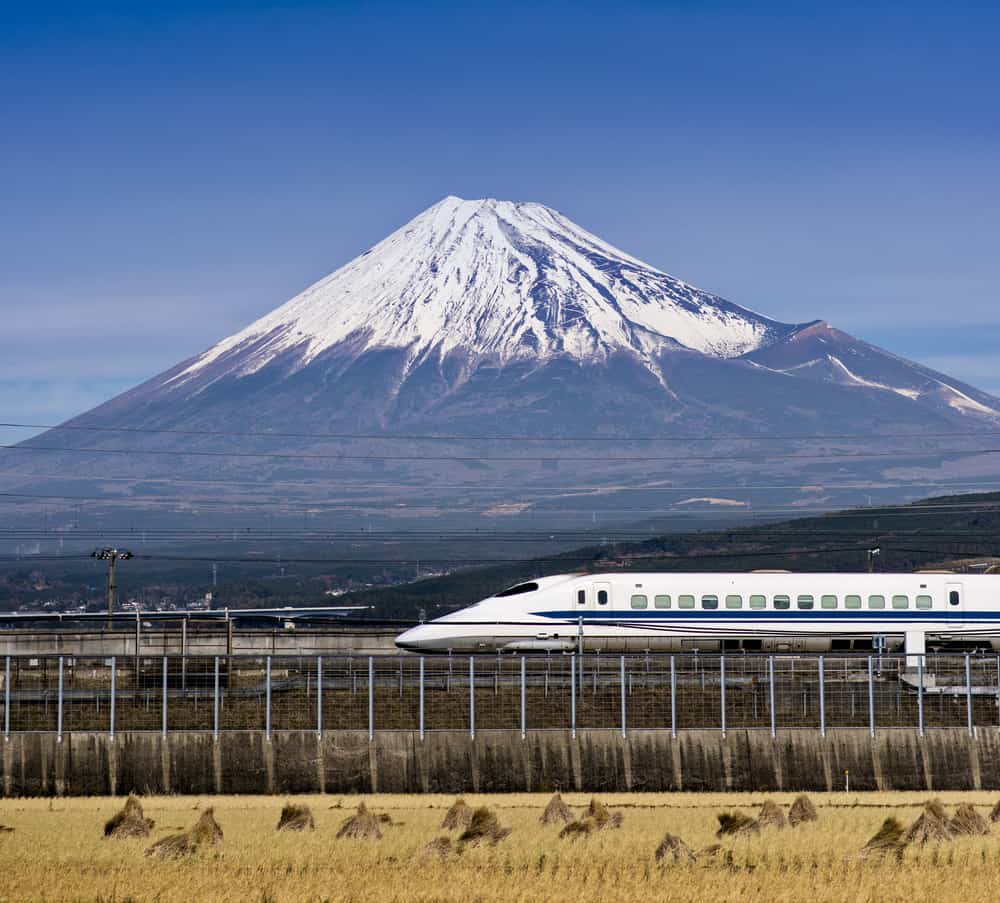
It may come as a surprise, but trains can run on time! One of Japan’s modern wonders is its extensive rail network – safe, comfortable, efficient, punctual, and fast, it is world-renowned for all the right reasons, and a travel experience that should be on every bucketlist.
Bullet trains, known locally as shinkansen, travel up to 320 kilometres an hour and connect almost every major city on Japan’s main islands. The rest of the network is covered by Limited Express, Express, Rapid and Local trains, each characterised by their speed and number of stops they make.
One of the many joys of Japan’s railway is that they are used by everyone, from students to suited professionals, so there’s always an interesting cross-section of society sitting around you – what better people watching and window into daily life in Japan?
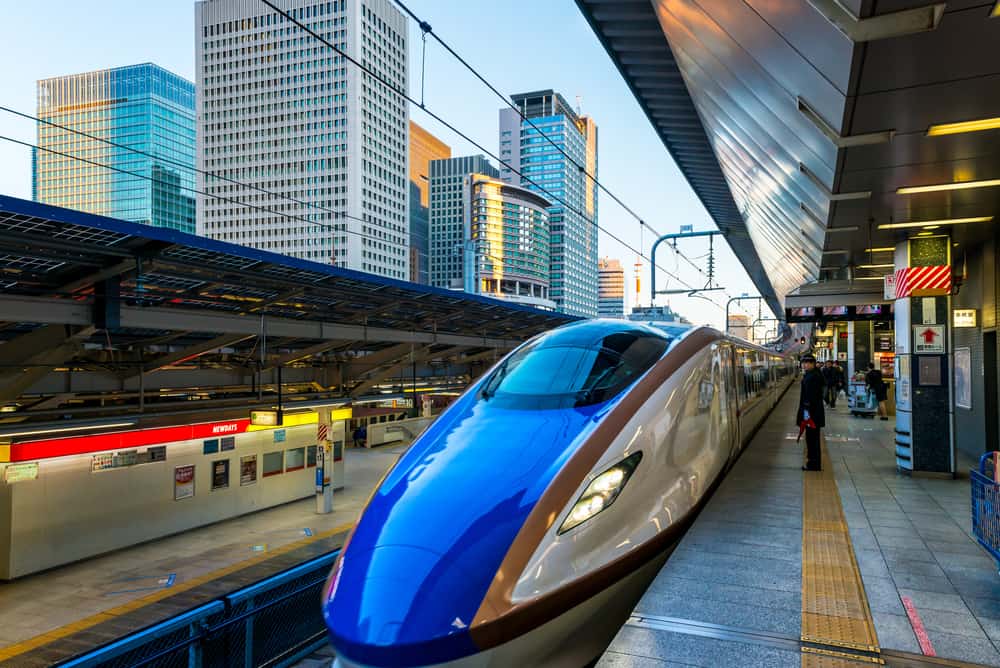
Japan’s high-speed bullet trains, operated by JR Group, shinkansen travel at speeds of 320 kilometres an hour between Japan’s major cities and makes very few stops en route. This type of train runs on separate tracks and has separate platforms to the other types of trains as they use a standard track gauge.
Once onboard, you would be forgiven for thinking you just got onto a plane from the layout. Seats are generally in rows of 3+2 across carriage and are all forward facing (they can be flipped), spacious and comfortable, and on most services there is free wi-fi available for passengers.
Settling in, you’ll notice the carriages have an almost Zen-like feel, the atmosphere peaceful and calm and your surroundings spotlessly clean. This may come from the train etiquette that is followed by the majority of passengers, like speaking quietly, not taking up excess space, not putting feet on seats or leaving rubbish and orderly boarding. You’ll even notice that the ticket inspector bows to passengers as he enters the carriage to check your tickets!
As shinkansen are long distance trains, you are able to eat in your seat as you travel - most people grab something at the station before they board (we’ll discuss ekiben later!) or some services may have a food and drink service onboard.
We use shinkansen trains on several of our Japan tours, including Japan by Rail tour.
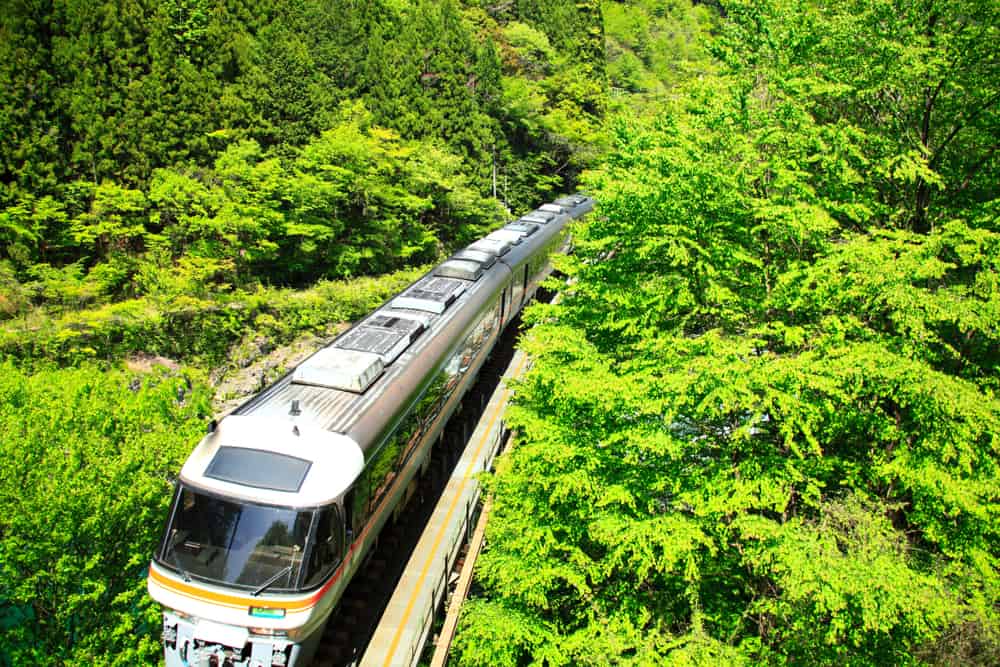
As the name suggests, these trains travel fast (second to the Shinkansen, of course) and still only make a limited number of stops, though they serve more stations than the Shinkansen would. There are two different types of Limited Express, intercity and commuter.
The intercity run with longer distance with better equipped, more comfortable carriages and have reserved seating and in some cases, a dining car selling food and drink. Big panoramic windows allow you to enjoy the scenery that you are passing through – with the lovely squishy seats and plenty of legroom, you can sit back, relax and savour the journey. We use Limited Express services on our Japan by Rail tour.
Commuter trains tend to be better for shorter journeys, with first-come, first-served seating and carriages that are designed to fit more people in them.
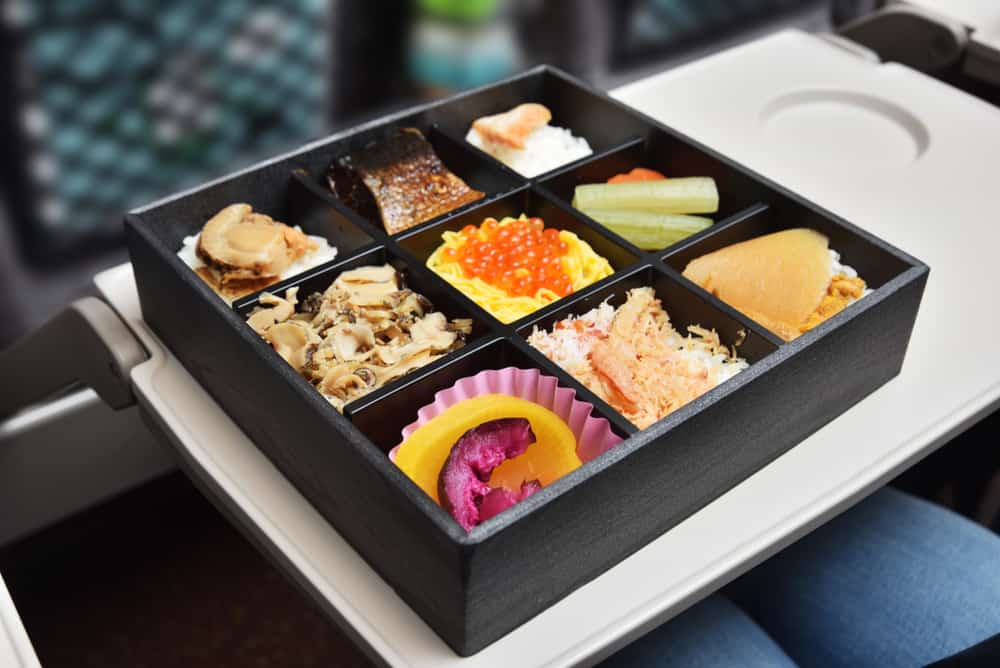
Home to most of the top 50 busiest train stations in the world, trains are Japan’s most utilised public transport and, as we’ve said above, incredibly reliable, efficient, and punctual. Arriving at a station, especially at rush hour, you might feel like you’ve walked into chaos, but if you observe for a minute, you’ll notice that everything is working like clockwork.
Beyond their busyness, Japanese train stations take things to the next level – you may notice blue lighting and musical melodies that notify of train departures, designed to keep passengers calm in the bustling environment, how spacious and clean there are and how intuitive they are to navigate. Another thing to look out for is the architecture of the stations themselves. Those in big cities are attractions in their own right, some historical, from the early 20th century and others modern, but inspired by local culture.
The final thing to mention about the train stations is the ekiben. A portmanteau of eki (train station) and ben (bento), ekiben are a Japanese train travel institution and the world’s best, most delicious lunch boxes! Usually containing something like sushi or rice, vegetables, pickles and a protein, there are hundreds of different types available at train stations for passengers to grab for their longer journeys, you’ll easily spot their decorative boxes – there are even regional variations using popular local produce! While traditionally served cold, some ekiben come in self-heating boxes that will warm up your food before you eat it. Following train etiquette, eating is acceptable on long distance trains as long as you tidy up after yourself.
